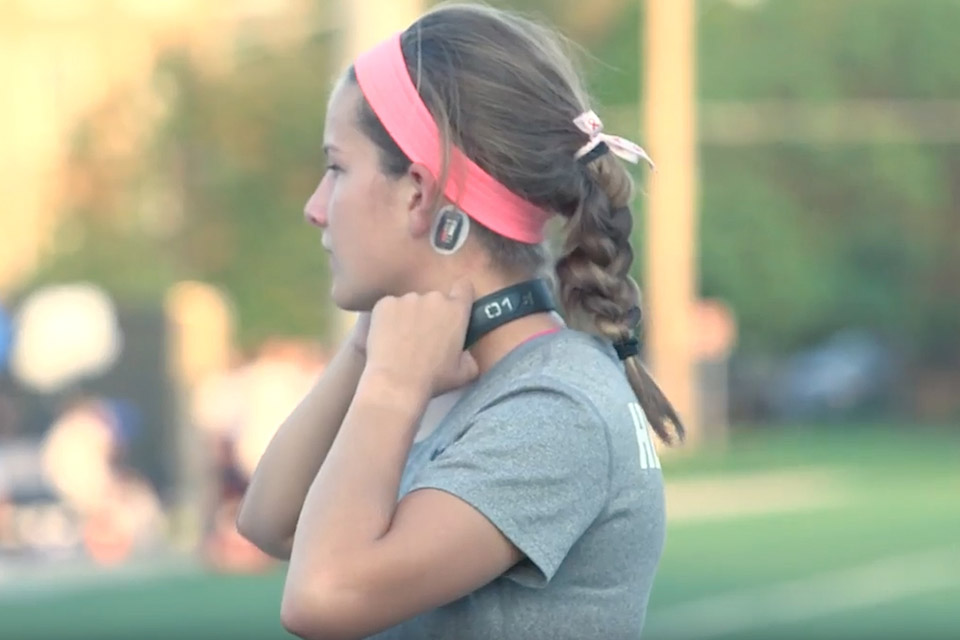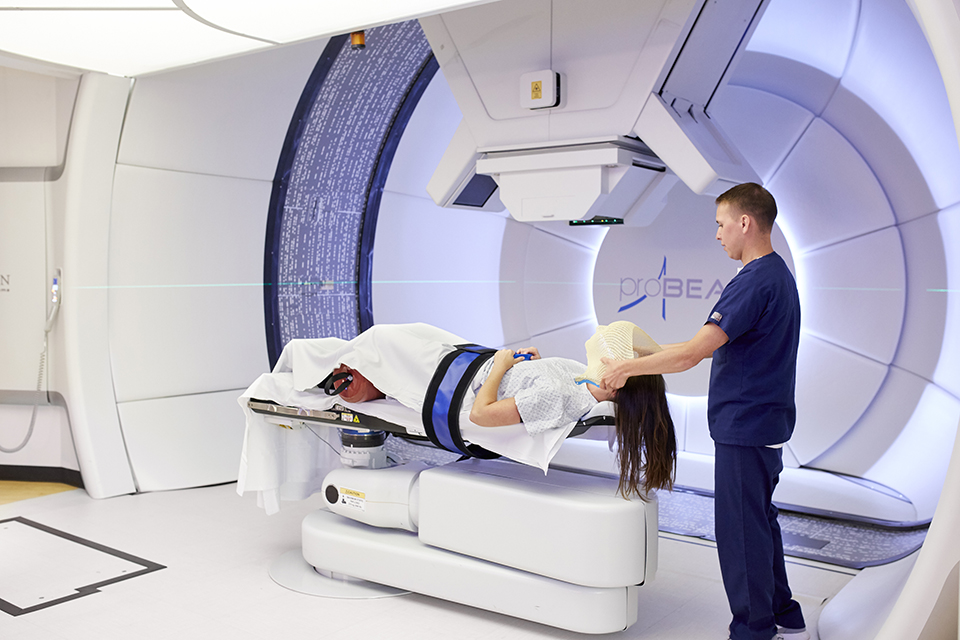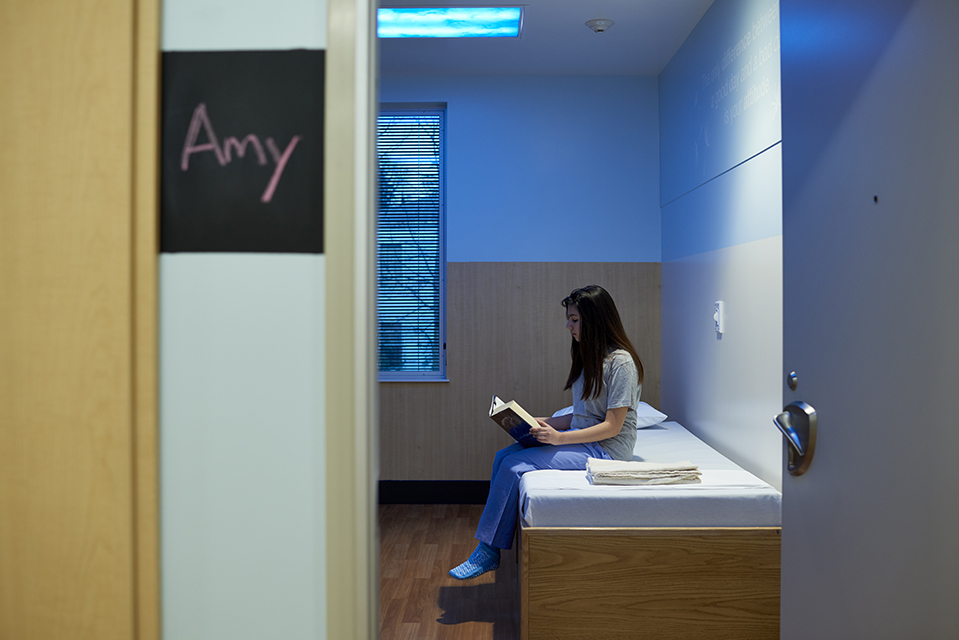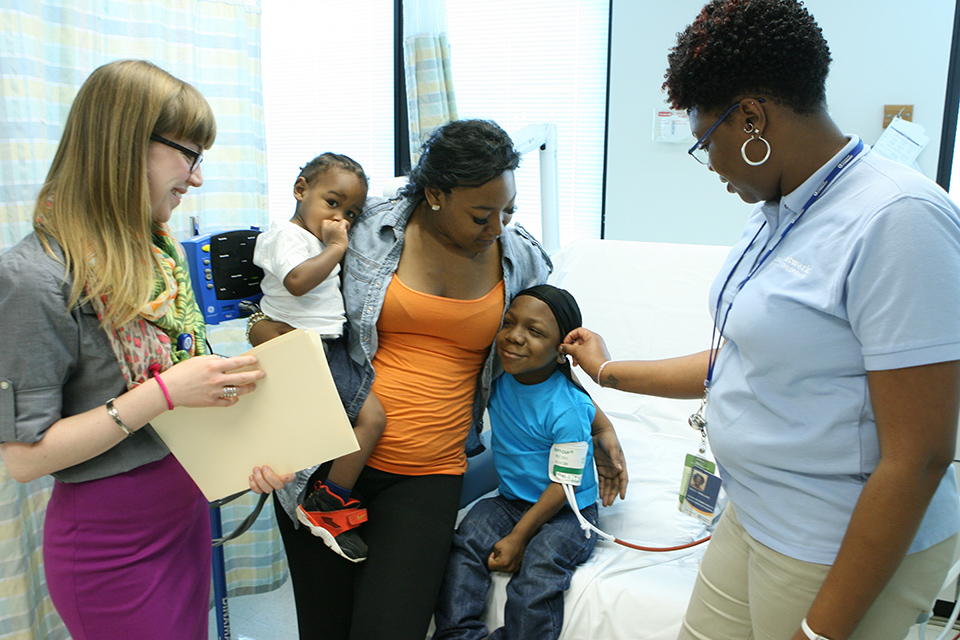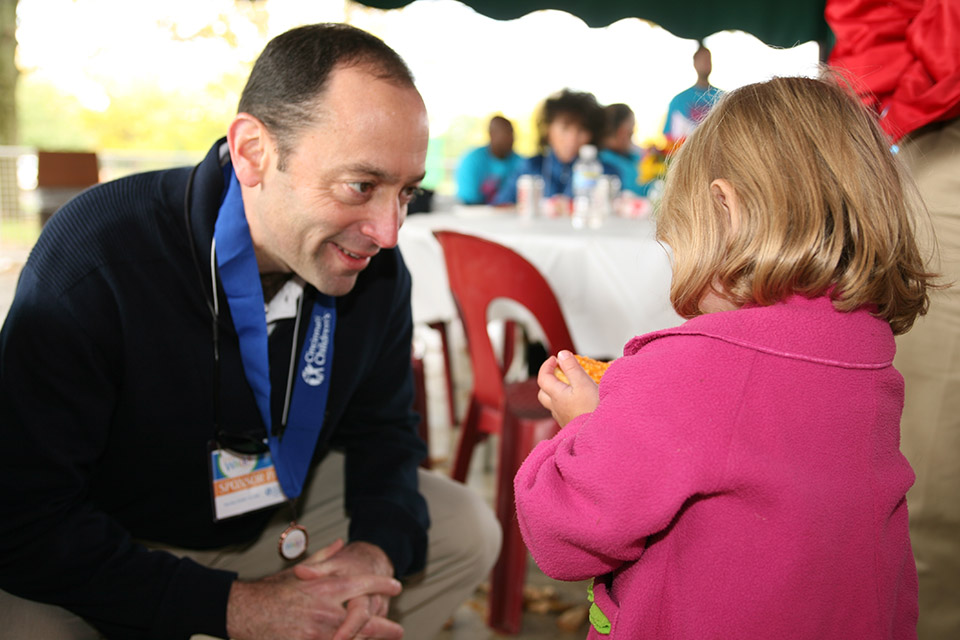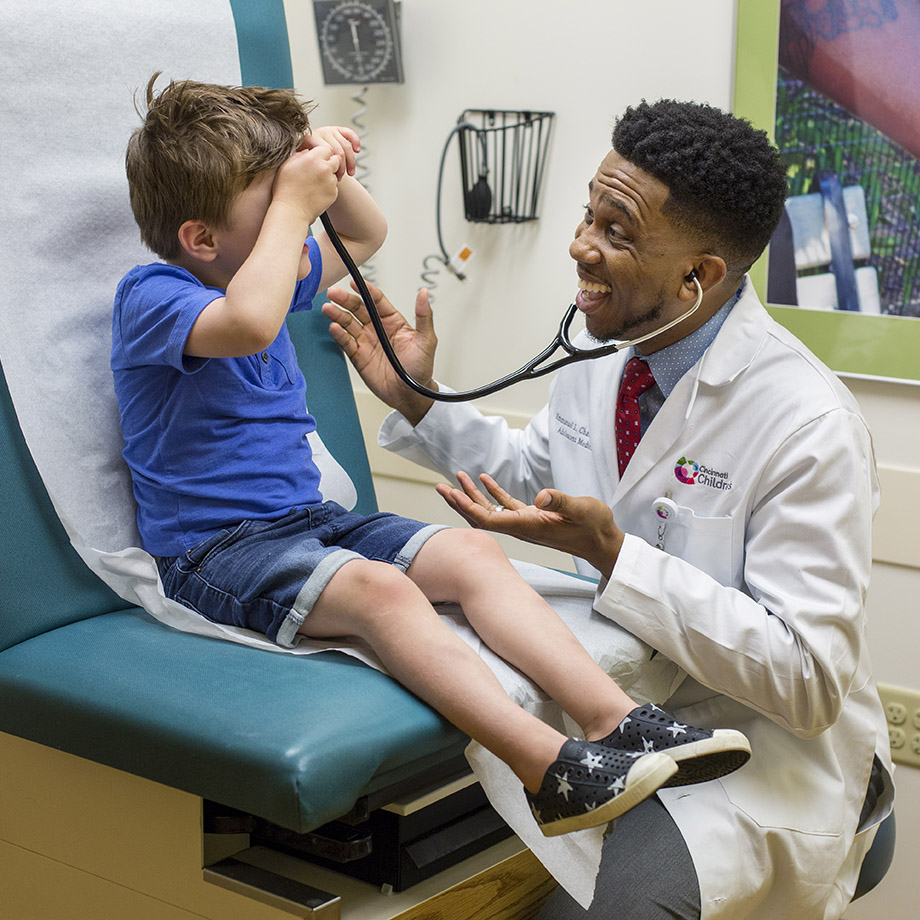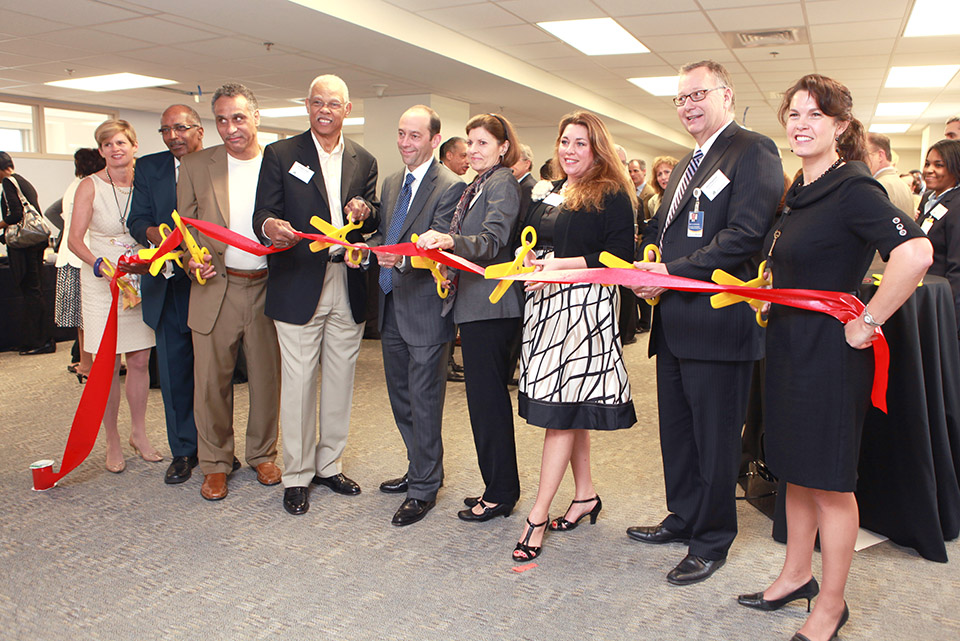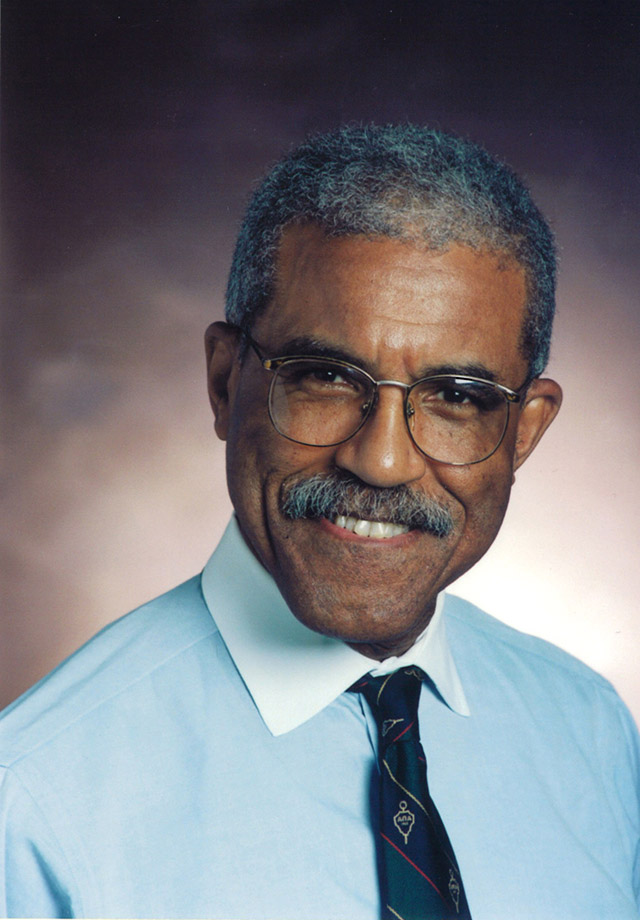Researchers at Cincinnati Children’s make a breakthrough discovery by growing an entire organ system, including the liver, pancreas and biliary system, in a dish, and their findings are published in the journal Nature. The goal is to be able use such organs for transplantation within a decade.
2019
Cure
Cincinnati Children’s researchers grow the world’s first integrated system of three organs — liver, pancreas and biliary ducts — in miniature, in a single lab dish. This marks an unprecedented opportunity to study human development for drug development, disease modeling, personalized medicine and possibly transplantable tissue.
